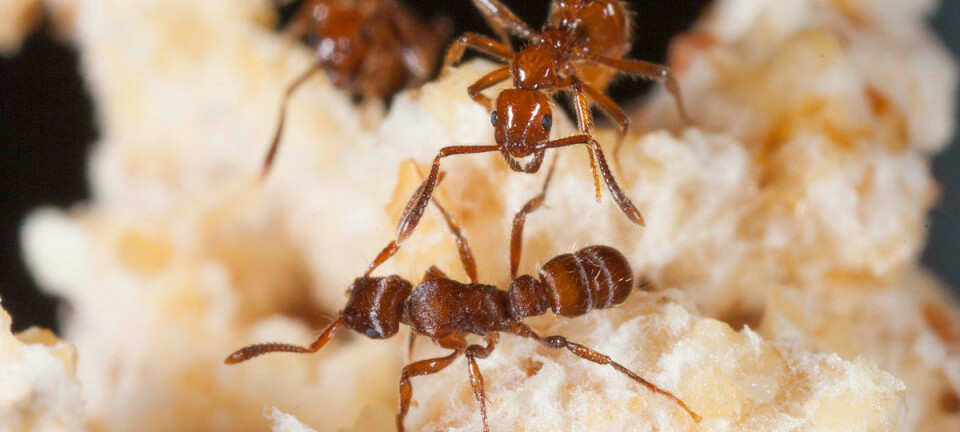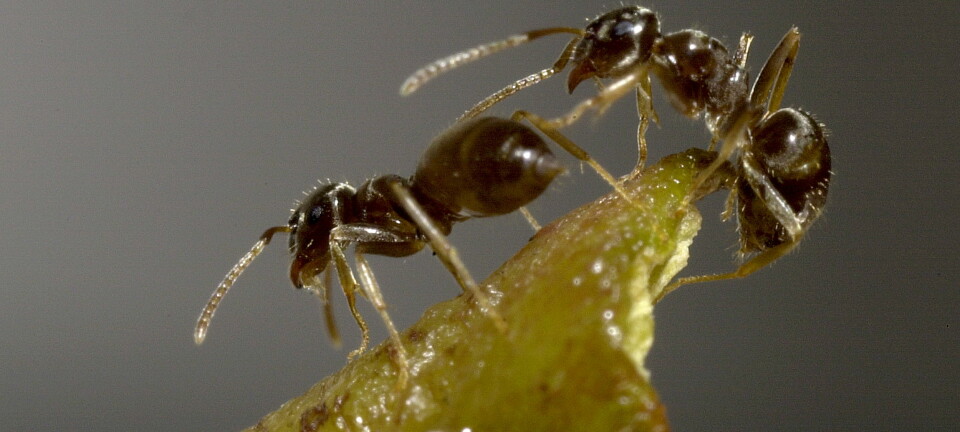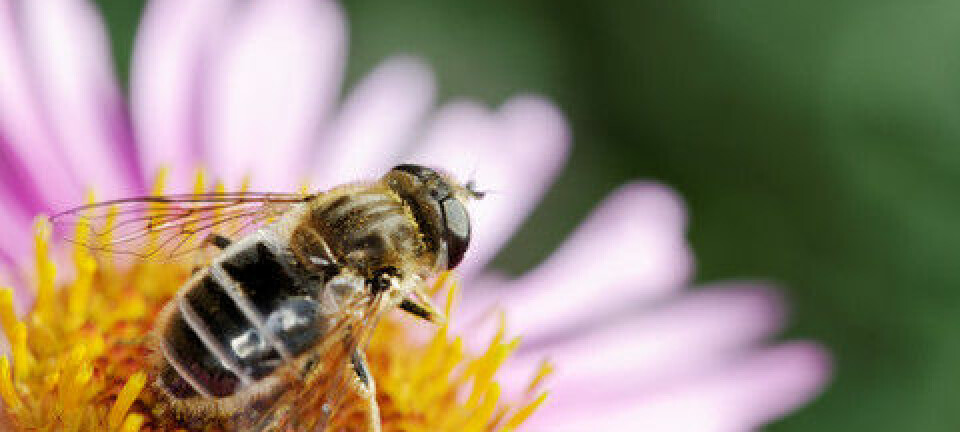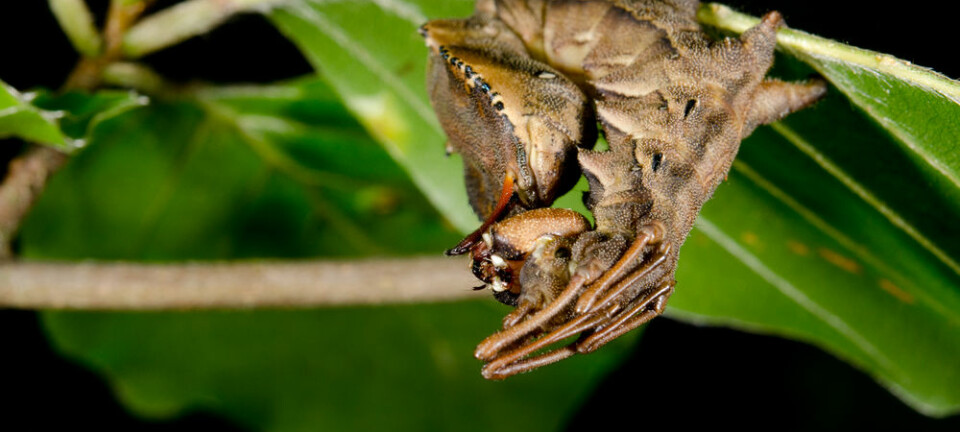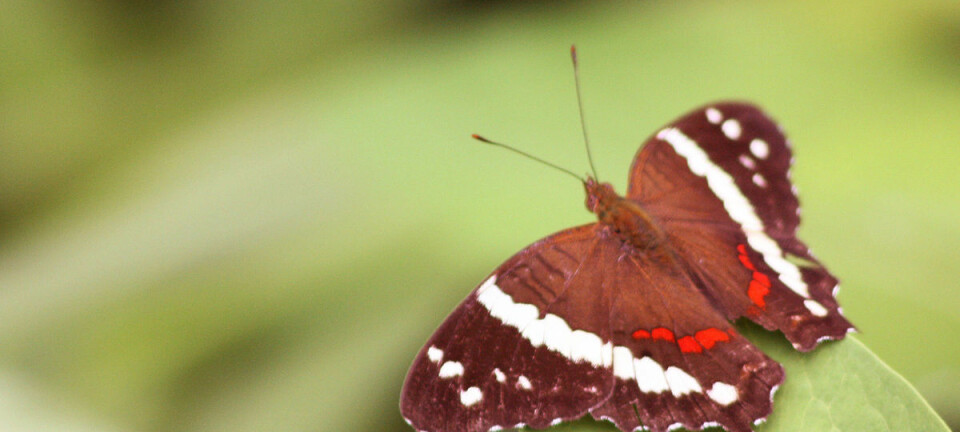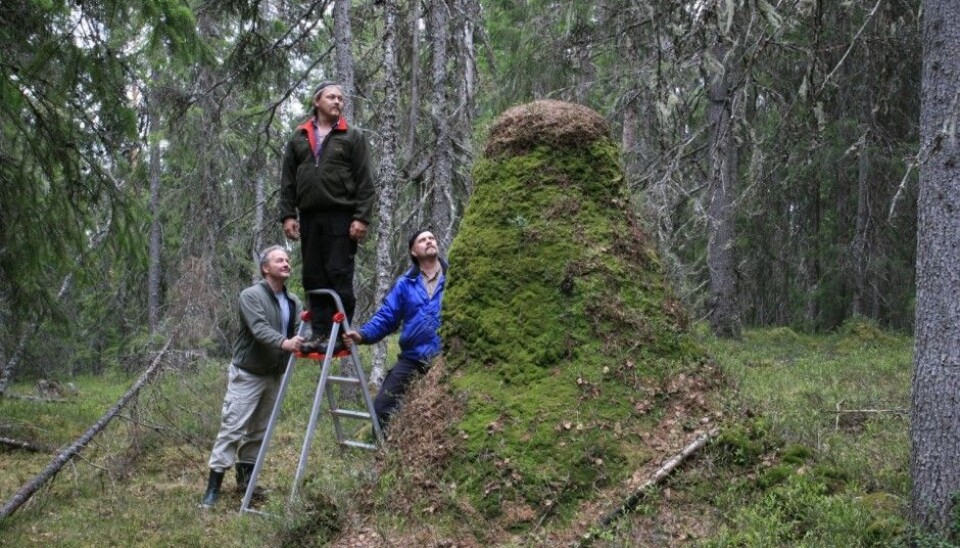
Ants - man's best friend?
The relationship between humans and ants is far more complex than you might think.
Denne artikkelen er over ti år gammel og kan inneholde utdatert informasjon.
Ants have always been important to humans. Across many cultures, ants have inspired language, literature and folklore. Ants pop up in folk medicine, as weather signs and social symbols, and as food.
Diversity
The diversity among the different ant species is as complex as among human.
Several species of wood ants have large colonies, where several anthills make up a supercolony, and workers from the various hills roam more or less freely among them.
War starts when two different colonies compete for the same territory or resources, explains Torstein Kvamme, researcher at the Norwegian Forest and Landscape Institute.

Some species take slaves, one of these is the robber ant (Harpagoxenus sublaevis). They raid colonies and capture slave ants. Other species live as peaceful guests in a colony, where they beg or steal food from their hosts.
Important to humans
According to Kvamme, there are many reasons why ants are so important to us.
Ants are common in almost all cultures, and there are many of them. Some ants can do great damage to buildings, while others bite us.
But ants are also associated with many positive qualities, such as industriousness and sacrifice.
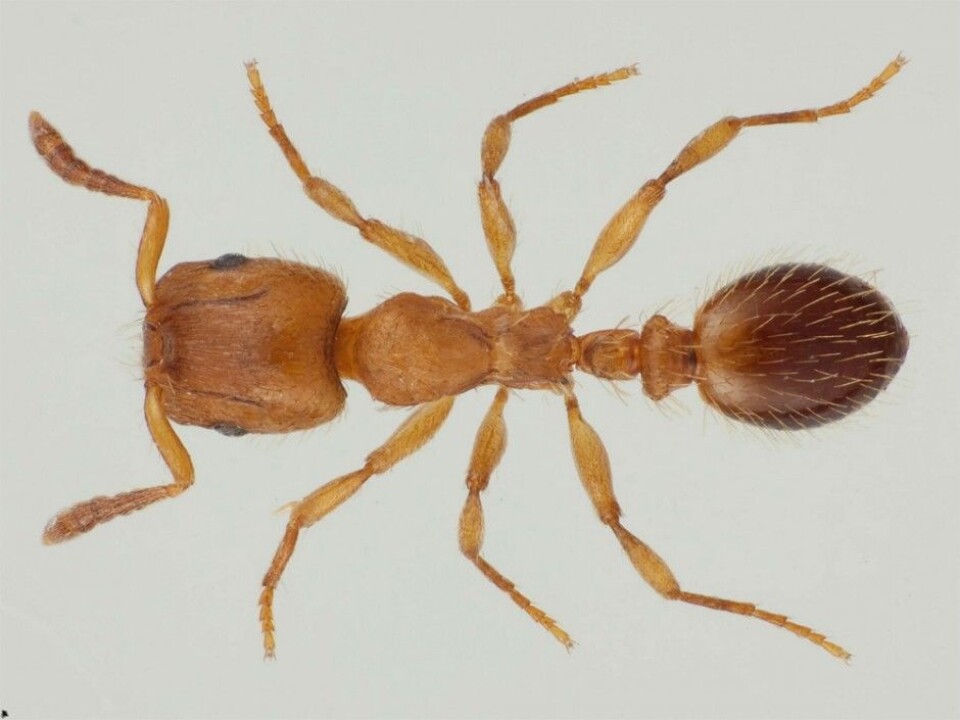
One of Aesop's Fables from approximately 600 BCE is a story about an ant and a grasshopper, where the ant represents reason. In the bible it says: "Go to the ant, you sluggard; consider her ways, and be wise! (Proverbs, 6:6)
In Homer’s Iliad we find stories about the brave Myrmidon warriors. According to legend, Zeus repopulated the country after a plague to “number as the ants on his sacred oak,” and from the ants sprang the Myrmidons.
Ants often appear in stories as people in miniature. In children’s literature, they are typically creatures to be emulated, or in some cases, to distance oneself from. Ants’ complex societies have probably contributed to their exemplary status.
Torstein Kvamme has recently published a book on the cultural history of ants, together with Åse Wetås from the University of Oslo.
The material they have collected indicates that the ant’s exemplary qualities have changed through literary and cultural history. What an ant represents at different times is linked to changes in attitude to children, knowledge, work, war and education.
“The material suggests that ant stories experienced a boom in the years just before, during and after World War II,” says Wetås.
More than symbols
In many parts of the world, ant dishes are on the menu, in other cultures ants are just used to flavour the food. Ant vinegar was once considered the finest vinegar in Norway, and was made by tumbling ants into a pot of hot water, where they emitted a vinegar-like substance, which was then bottled.
Ants were also used in an ancient boat caulking technique on the Norwegian coast. To remedy a leaky craft, anthill earth was sprinkled into the water under the boat. The floating material was sucked into the boat’s cracks.
---------------------------------
Read the Norwegian version of this article at Forskning.no
Translated by: Ingrid Nuse







